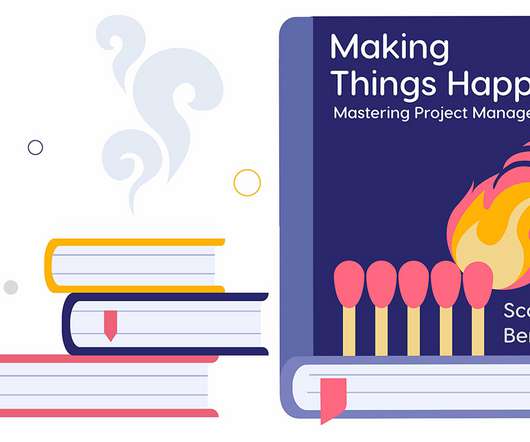Innovation Should Be a Top Priority for Boards. So Why Isn’t It?
Harvard Business
SEPTEMBER 21, 2018
Only 13% of directors in the energy and utilities industry consider innovation to be a major strategic challenge, but the swift growth of renewable energy companies and such developments as the use of drones for monitoring oil and gas production suggest that no industry is impervious to the forces of innovation.






















Let's personalize your content